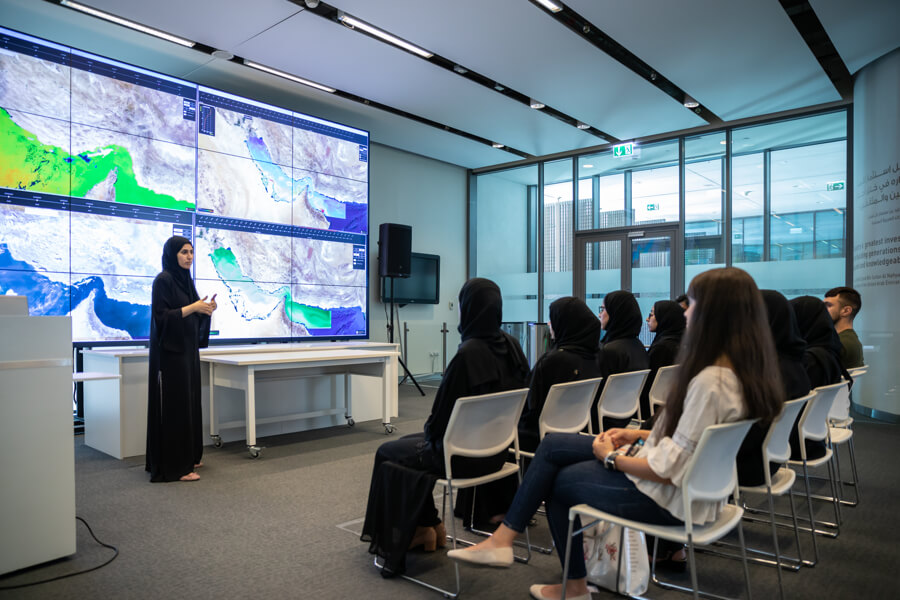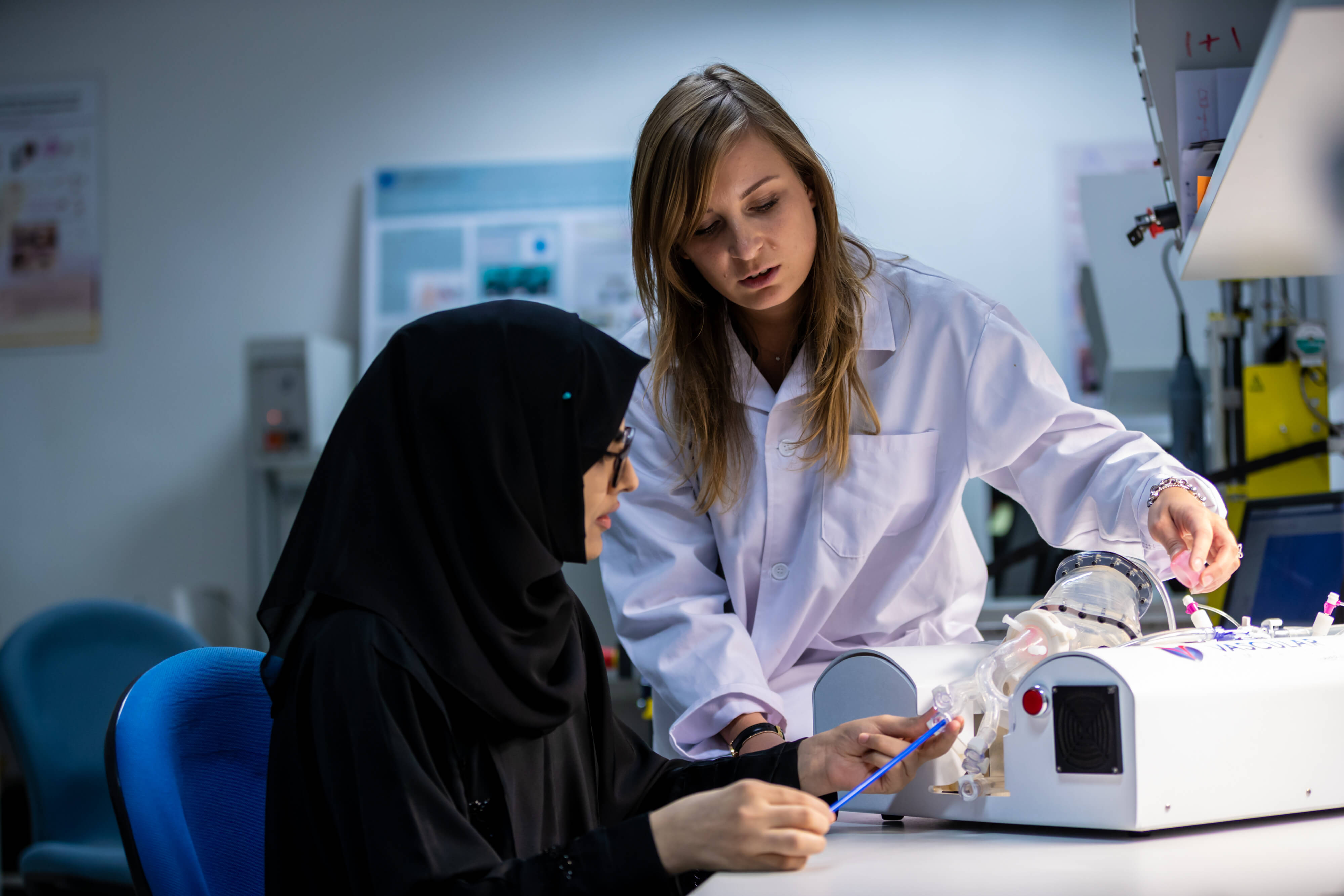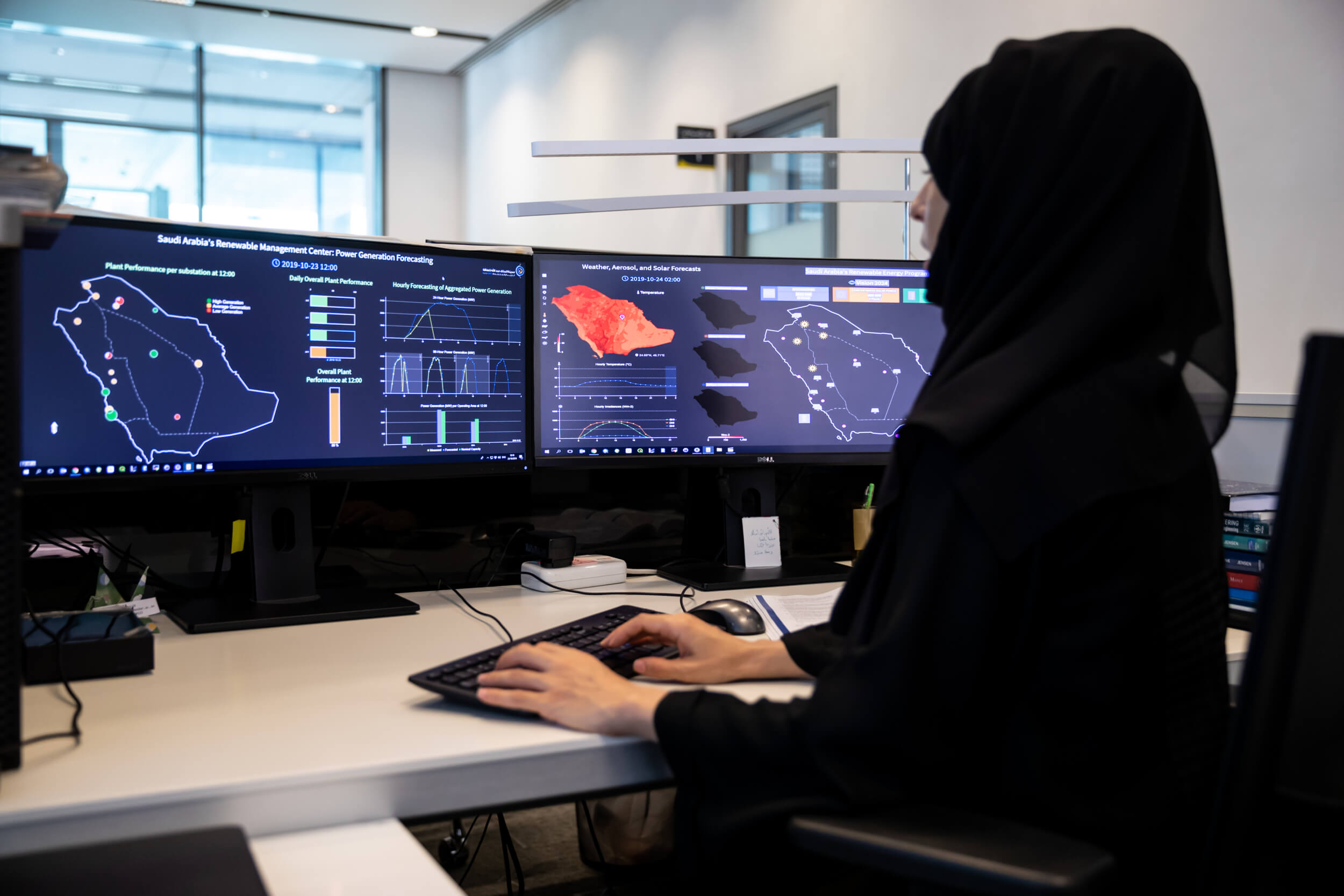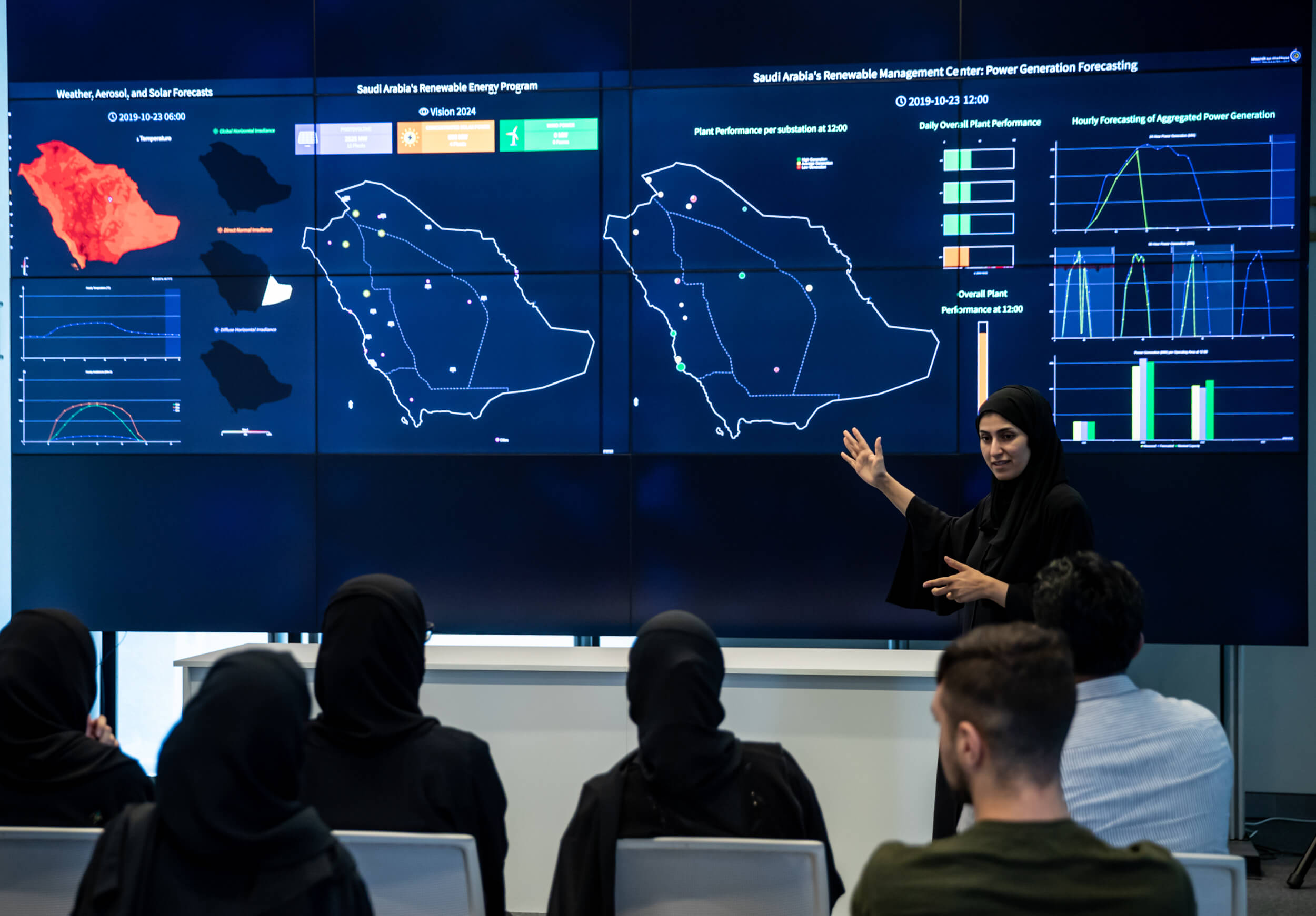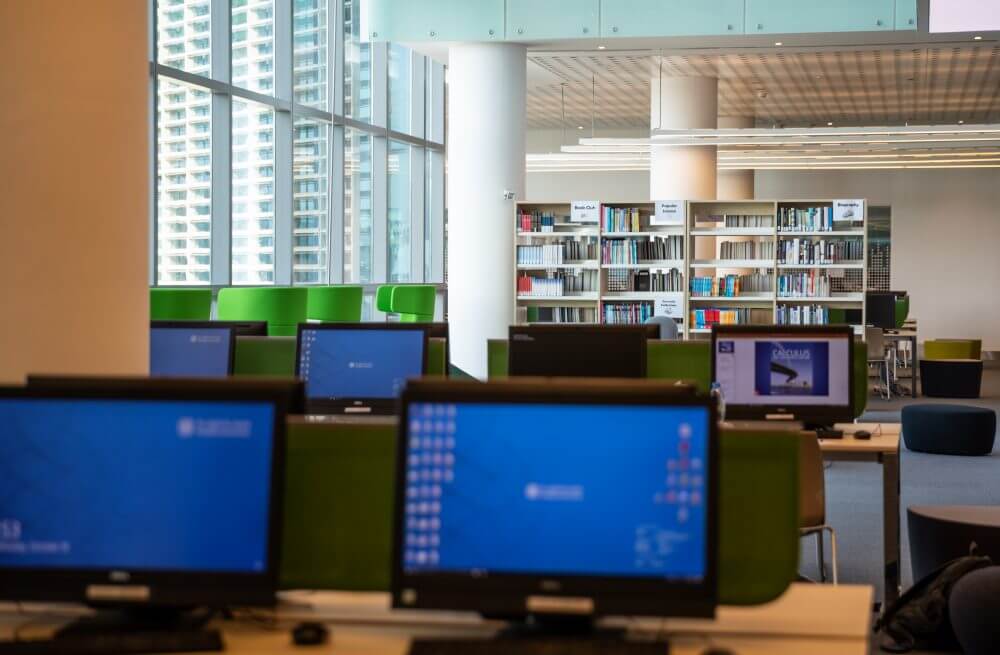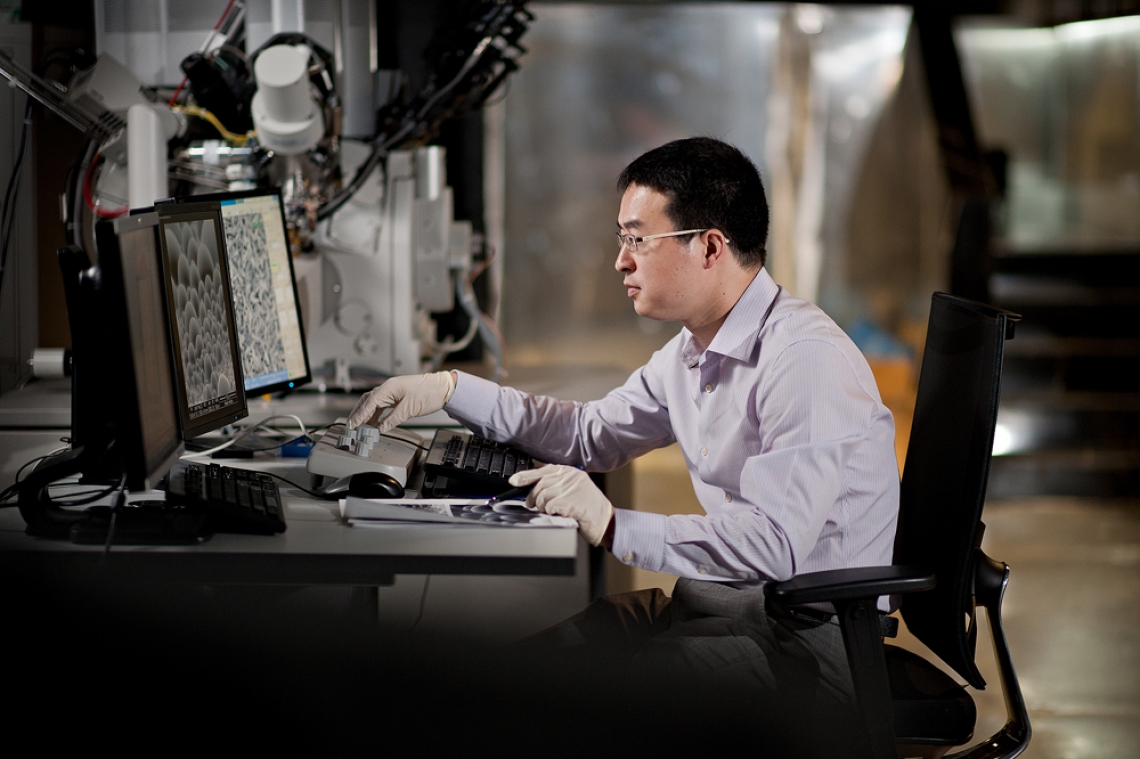
The UAE’s two most abundant natural resources include sunshine and hydrocarbons, and researchers at the Masdar Institute are capitalizing on these readily available resources for power generation and cooling in a sustainable way.
Masdar Institute’s Dr. TieJun Zhang, Assistant Professor of Mechanical Engineering, is collaborating with the Massachusetts Institute of Technology (MIT) to develop novel technologies for a solar thermal power and cooling system that uses liquid hydrocarbons, as opposed to the environmentally-unfriendly refrigerants commonly used for cooling.
RATIONALE
Keeping cool is an expensive and energy-intensive job. During the UAE’s hot summer months, cooling in Abu Dhabi consumes nearly 65% of the emirate’s generated power, contributing to the country’s large carbon footprint. Generating the power to run those air conditioners not only emits carbon dioxide by way of gas-fired power plants, but the refrigerant used in the air conditioners themselves are a source of greenhouse gases in the atmosphere.
According to the US Environmental Protection Agency (EPA), by 2050 up to a quarter of all global greenhouse gas emissions will be from refrigerants used in cooling technologies. Hydrofluorocarbons (HFC) are the high pollution-causing refrigerants widely used in air conditioners, refrigerators and chillers today.
Current levels of power consumption and greenhouse gas emissions are unsustainable, which is why Abu Dhabi has set the ambitious goal of generating 7% of its energy production capacity from renewables by 2020. Additionally, the launch of the UAE National Innovation Strategy, which supports innovation across seven priority sectors (including renewable energy), reflects the UAE’s strategic ambitions to live more sustainably.
Dr. Zhang’s team has been studying novel ways of providing electricity and cooling, in an integrated and sustainable way, leveraging the UAE’s two most abundant natural resources: the sun and hydrocarbons.
As a ‘sunbelt nation’ lying on the globe’s sun exposed middle region, the UAE has 10-15 hours of daylight almost 365 days a year. This means a lot of potential solar power to harness. In addition to an abundance of sunlight, the UAE is rich in fossil fuels. The UAE contains nearly 10% of the world’s total supply of crude oil and has played a leading role in global energy markets as a significant hydrocarbon producer. Dr. Zhang’s team is proposing to use the country’s liquid hydrocarbon as an alternative to the commonly used HFC refrigerants.
“While people tend to think of hydrocarbons as being the source of carbon emissions, this is only the case if they are burned and their latent carbon released. As a working fluid in cooling systems, hydrocarbons have two orders of magnitude lower global warming potential than HFCs, making them a relatively environmentally friendly refrigerant,” Dr. Zhang explained.
PROJECT BRIEF
The integrated closed-loop solar thermal power and cooling system designed by Dr. Zhang’s team uses low-concentration solar thermal technologies to harness the sun’s energy. Low-cost solar absorbers are used to convert the solar energy to heat for liquid hydrocarbon evaporation. The heated hydrocarbon gas turns an expander to generate electricity. This is the power component of the system.
Some of the generated vapor then travels into a vapor ejector. This nozzle-shaped vapor ejector is a key component in the cooling loop.
Dr. Zhang and his partner, Dr. Amal Al Ghaferi, Interim Dean of Students and Assistant Professor, Materials Science and Engineering, are now researching how scalable low-cost nanotechnologies can be used to boost the efficiency of the light absorption and thermal energy transport processes.
“The novel device we are developing relies on three key physical phenomena: light absorption, vapor generation and condensation. We are using nanomaterials to enhance these processes, because their role is significant in the efficiency of our solar-powered cooling system. The technology we are developing for this system has many applications and we are excited to see where these technologies will go,” Dr. Zhang said.
“For instance, we are using nanostructured surfaces to enhance the condensation heat transfer in an air-cooled condenser, creating a faster and more efficient means for collecting the liquid which is recycled and used again. From here, some of the liquid hydrocarbon is sent to be heated again by the sun for power generation, while the rest is sent through an expansion valve for cooling. This closed-loop solar thermal system can follow this course repeatedly, relying on minimal moving parts, for both power generation and cooling,” Dr. Zhang added.
APPLICATION/IMPACT
Dr. Zhang’s innovative research project is one of nine Masdar Institute-MIT active Flagship Research Projects, which are projects that bring together teams of faculty from both Masdar Institute and MIT to address key strategic research areas with the intent to build critical mass and make sizeable research impact for the UAE and the region.
Unsurprisingly, Dr. Zhang’s research has caught the attention of the UAE government as well as leaders in the cooling and power industries. He has closely related research supported by the UAE National Research Foundation and other local organizations are currently in the midst of developing additional projects with Masdar Institute based on the approaches developed in this collaboration with MIT.
The solar thermal technologies being developed by Dr. Zhang’s team can be applied to space exploration because the compact system is purely driven by solar energy and very little maintenance is required. The nanostructured surfaces that enhance condensation heat transfer could be used by many industries that rely on condensation processes, such as power generation, desalination and natural gas processing. The research relating to more efficient light absorption will also be invaluable to the world’s growing solar power industry. Concentrating Solar Plants such as Shams 1, one of the world’s largest such plants with an installed capacity of 100 megawatts, are targeted beneficiaries.
The research efforts of Dr. Zhang’s team underpins Masdar Institute’s goal to provide real-world solutions to issues of sustainability. By using the UAE’s ready supply of natural resources, including the sun and hydrocarbons, the task of providing clean and affordable electricity and cooling can more readily be achieved.
Erica Solomon
News and Features Writer
28 December 2015
This research was funded jointly by Masdar Institute and MIT. Further information can be found in:
G.Q. Li, M.H. Alhosani, S.J. Yuan, H.R. Liu, A. Al Ghaferi, T.J. Zhang, “Microscopic Droplet Formation and Energy Transport Analysis of Condensation on Scalable Superhydrophobic Nanostructured Copper Oxide Surfaces,” Langmuir – the ACS Journal of Surfaces and Colloids, vol.30, pp.14498-14511, 2014.


